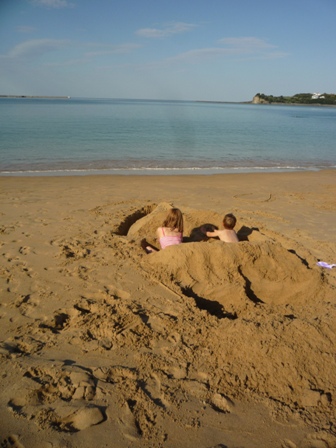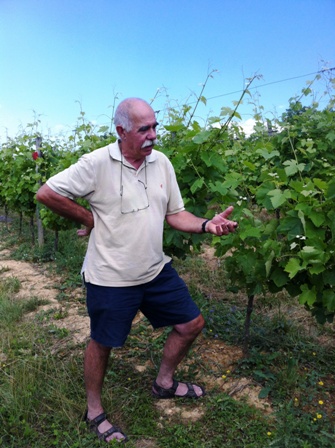A few years ago nobody was really interested in central heating systems when house hunting, especially not in southern France. The only question occasionally posed on viewings was whether a house had heating or not and whether it was actually necessary (yes). How things have changed – heating systems and energy efficiency is now recognized by sellers, buyers and governments as one of the major considerations and high on the list of criteria when viewing and buying property, even out here in sunny south west France.
Nowadays we are all looking for alternative ways to heat our houses that don’t involve increasingly expensive fossil fuels and finally we are all beginning to understand the importance of living a more ecologically friendly lifestyle. Worryingly, I am clearly getting old because I find myself now really quite fascinated by the various heating options that I am starting to see appear in many of the houses I view for clients and I have to admit to sometimes even getting a severe case of heating- system envy.
Old fashioned, stand alone oil or gas central heating systems are becoming rare; almost without exception (ruins excluded), most houses I view now have at least one wood burner and often a selection, usually with means of heating other rooms simultaneously. More and more houses also now have solar panels for hot water and increasingly for running low level heating systems, under-floor being the most usual. This makes so much sense in a region where we get a very high number of sunshine hours throughout the winter months and warm sunny days even in February but cold mornings and nights. And, more recently, I am seeing both geo-thermal and aero-thermal heating systems which appear to be fantastically efficient and cost effective, at least over the longer term.
Big properties clearly present the most difficult challenge when it comes to finding an affordable method of heating but are coming up with solutions which might well benefit us all in the future. In the last few months I have viewed three châteaux all with completely different heating-systems, each apparently effective and economical as well as ‘green’:
The first had a state of the art, wood-fuelled central heating system; effectively a huge wood-burner but on a much larger scale than usual (we are talking twice the size of a standard oil tank located in the outbuildings) connected to a huge boiler. The burner was filled with logs from the grounds once a week and then comfortably heated a 20 room Château.
The second was a large biomass boiler linked to a huge storage tank in the ground that was filled with all sorts of natural forest waste, branches, leaves, walnut shells, bark etc collected from the land around and belonging to the Château. A huge cork screw system ensured that there was a continual supply of fuel pushed through the system, controlled by a thermostat; hence heating this huge property to a really comfortable level all winter practically for free.
Thirdly, just last week, I viewed a huge manor house/château that had decided on the pellet burner option but on a far grander scale than I had seen before, with an enormous storage hopper for pellets in the adjoining barn that was filled a couple of times a year directly from a delivery lorry to fuel the heating system that was fed automatically by a pump, heating the house at a tenth of the cost of the previous gas system.
Of course, none of these options are cheap to install; each cost well over 30,000 Euros and all rely on an abundance of large outbuildings for boilers and hoppers and, in the case of the first and second property, land and trees to provide the fuel. But, as a long term, ecologically friendly and affordable way to stay warm, these systems all have a lot going for them and will undoubtedly become more refined, efficient and cheaper over time.
It again makes me realize how lucky we are to live in this region with its plentiful wood supply, year-round sunshine, an abundance of spring and mountain water available for hydro-electric systems and masses of available land for growing and providing natural fuel. More by luck than judgement, we live in an area where we have the resources to heat our houses sustainably and in harmony with the environment as long as we learn to innovate and make the most of and replace what nature has so kindly provided us with here.










You must be logged in to post a comment.